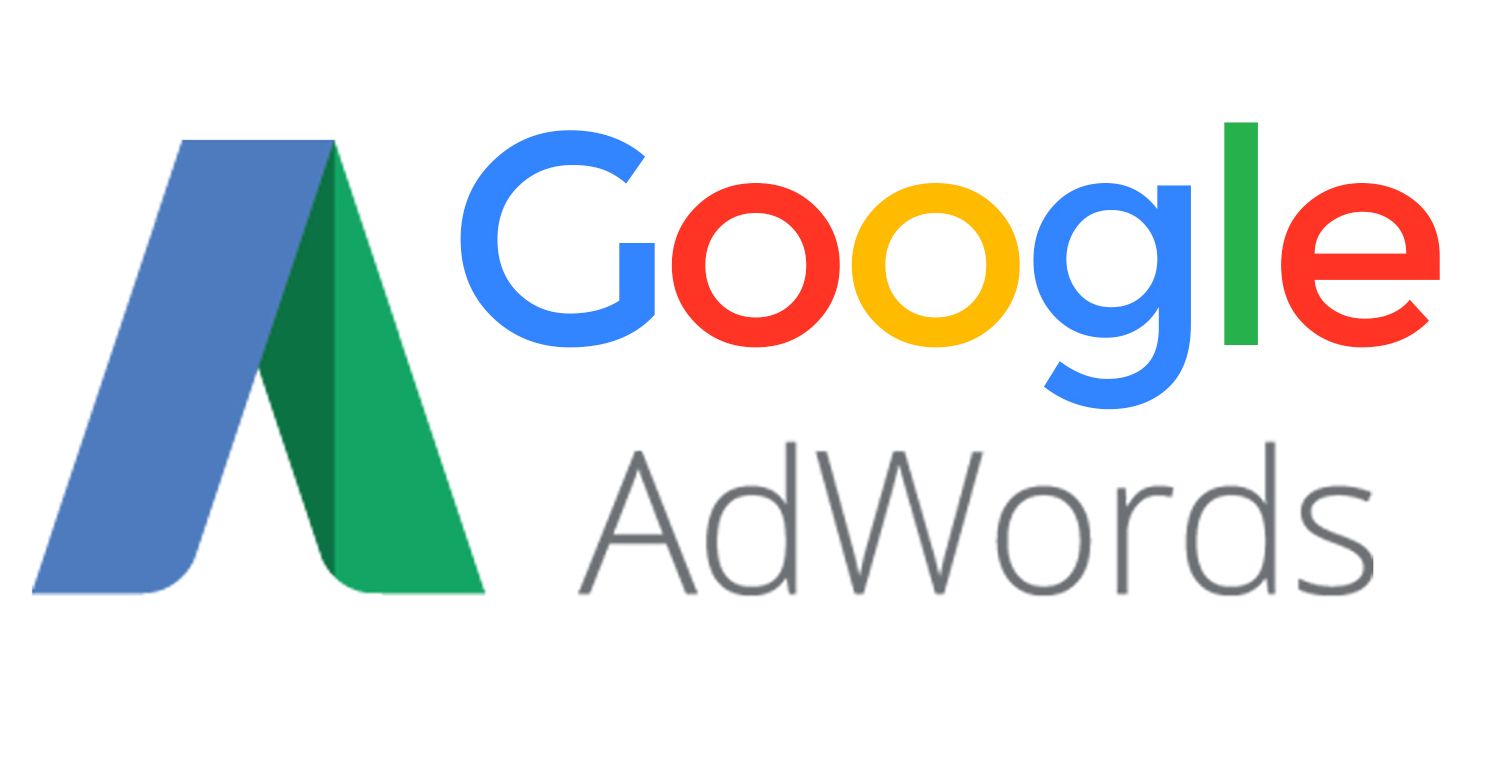An overview of the main attribution models in Google AdWords

Because of ‘last click’ being the default attribution model for every new campaign an advertiser creates in Google AdWords, most advertisers will end up measuring the effectiveness and reporting on the performance of their campaigns based on the conversions and revenue (for e-commerce accounts) generated through the keywords that correspond to the last-clicked ads. Whereas, to a certain degree, this method will provide you with an accurate measurement of the campaign’s success there is always the risk of undervaluing and not giving any credit to interactions with other ads seen or clicked by a customer prior to clicking on the converting ad.
These days the advertisers are becoming increasingly aware of the fact that a customer is very likely to have done more than one search and interacted with more than one ad on their path to a conversion. With this awareness comes a greater interest into attribution in general and the practical need for a better understanding of how the various attribution models can be used to determine how much credit is attributed to each click that has contributed to the final conversion.
Currently, the available attribution models in AdWords let you choose between giving the credit to the customer’s first click, their last click or a combination of multiple clicks. Although no model is perfect, choosing the right model for your campaigns, i.e. the model that better matches how people usually search for your products, will allow you to improve your understanding of how each campaign area is performing and will help you improve the overall performance by optimising across your customers’ conversion path.
Here is a brief overview of the attribution models currently offered by AdWords:
Last click: A conversion is credited to the last-clicked ad and corresponding keyword.
First click: A conversion is credited to the first-clicked ad and corresponding keyword.
Linear Linear: The credit for a conversion is equally distributed across all clicks on the user’s conversion path.
Time decay: More credit is given to those clicks that happened closer in time to the conversion. Credit is distributed using a 7-day half-life. In other words, a click that happened 8 days before a conversion gets half as much credit as a click 1 day before a conversion.
Position-based: The first and last-clicked ads and corresponding keywords are getting 40% of credit, and the remaining 20% is distributed across the other clicks on the path.
Data-driven: Credit for a conversion is calculated and distributed based on past data for this particular conversion action. (This special attribution model can only be used in accounts with sufficient data.)

Image source: https://plus.google.com/photos/photo/114353304932511604018/5974443254884366610?icm=false
Example
Your company ‘Alkmins’ sells organic skincare products. A customer performs the following searches (in this order) and each time she lands on your website by clicking one your AdWords ads:
- “organic face cream”
- “organic face moisturiser”
- “natural ingredients moisturiser”
- “organic cream alkmins”.
After clicking your ad that was triggered by the “organic cream alkmins” search she completes a purchase (conversion).
If you are using the “last click” attribution model, the last keyword, “organic cream alkmins “, would receive 100% of the credit for this conversion. However, if you are using the “first click” attribution model it’s the first keyword, ” organic face cream ” that would receive 100% of the credit.
In the “Linear” attribution model, credit for this conversion would be equally spread across the four keywords (each keyword would receive 25%), whereas in the “time decay” attribution model, most credit would be given to the keyword “organic cream alkmins” as it was the one searched nearest the time of the conversion. In this scenario, the least credit would be given to “organic face cream” since it was the keyword searched earliest in the path to the conversion.
In the “Position-based” attribution model, the first and the last searched keywords ” organic cream alkmins” and ” organic face cream” would each receive 40% credit, with “organic face moisturiser” and “natural ingredients moisturiser” each receiving 10% credit.
Finally, in the “Data-driven” attribution model, the percentage of credit given to each keyword would depend on its contribution to the production of the conversion.
Attribution Modelling report
The Attribution Modelling report allows you to compare two different attribution models side by side and can be found in the Tools tab of your AdWords account as shown below:
The Attribution Modelling report can help you identify keywords, ad groups, campaigns, certain keyword match types or devices that you are currently undervaluing if you are using the last-click attribution model. You can then increase your bids accordingly to help improve the overall performance of your account.
In the example below we are comparing conversions and CPAs based on the last-click and the first-click models at a keyword level. Our aim is to identify non-branded keywords which are driving last-click conversions at a CPA that’s higher than our target CPA but should be kept in the campaigns as the ads they are triggering are the touchpoints responsible for the first interaction within the conversion path of a large number of customers as reflected into the lower first-click CPA.
The Attribution Modelling report can be a great tool and will provide you with very interesting and useful insights but the decision to switch from a last-click to a non last-click model should always be based on more than just a couple of reports as the effect on your reported ROI could be significant. Every model has its pros and cons but, ultimately, the final choice of any attribution model depends on your account’s objectives and the purchase funnel of your typical customer.


